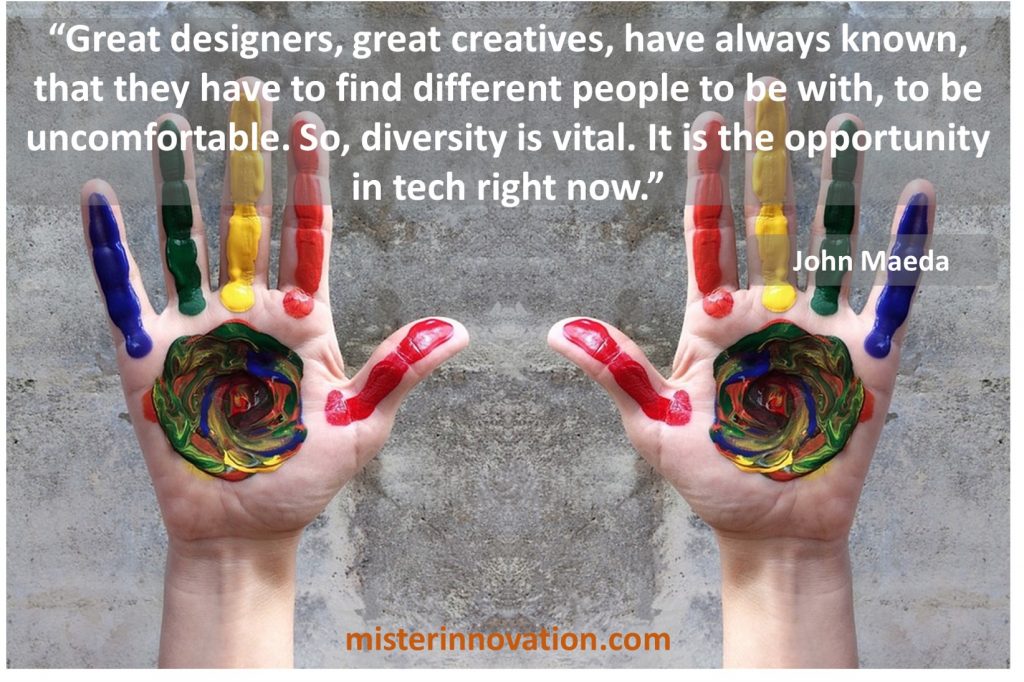
GUEST POST from Art Inteligencia
In today’s rapidly evolving business landscape, organizations worldwide are recognizing the critical role that diversity plays in driving innovation. As industries become more competitive and consumer demands continually shift, companies that embrace and promote diversity within their workforce are finding themselves at an advantage. Not only does diversity foster a multitude of perspectives, it also enhances problem-solving capabilities, boosts creativity, and ultimately leads to greater innovation. To underscore these points, this article will highlight two real-life case studies that demonstrate the importance of diversity in driving innovation within organizations.
Case Study 1: IBM’s Focus on Diversity
IBM, a global powerhouse in technology, has long been a champion of diversity and inclusion. The company recognizes the importance of tapping into a broad range of perspectives, experiences, and talents in order to drive innovation effectively. IBM’s commitment to diversity is deeply embedded in their corporate culture and is consistently reinforced through various initiatives.
One such initiative is their Global Women’s Initiative, aimed at empowering female employees and promoting gender diversity. Through this program, IBM has bolstered the representation of women at all levels of the organization, encouraging their active contribution to decision-making processes. As a result, gender diversity has become a driving force behind the company’s innovative capabilities.
IBM’s focus on diversity led to the launch of their AI-driven product, Watson. The team behind Watson recognized that diversity was critical to building a technology that could effectively understand and respond to the diverse needs and perspectives of its users. By assembling a diverse group of engineers, data scientists, and researchers, IBM successfully developed Watson into a revolutionary innovation that is transforming industries such as healthcare, finance, and education.
Case Study 2: Pixar’s Creative Collaboration
Pixar Animation Studios, renowned for its groundbreaking films, thrives on diversity and collaboration. The company understands that diversity encompasses not only nationality, culture, and gender but also a range of talents and skill sets. Pixar’s commitment to diversity is apparent in their hiring practices, ensuring they bring together individuals from various disciplines and backgrounds who can contribute unique and innovative ideas to the creative process.
One of the best examples of diversity driving innovation at Pixar is their film “Inside Out.” In the development of this animated feature, the creative team included professionals from the fields of psychology, neuroscience, and child development. By combining the talents of animators, storytellers, and experts in different fields, Pixar was able to create a film that not only captivated audiences but also contributed to the understanding of emotional intelligence and mental health.
Beyond the film industry, Pixar’s focus on diversity also extends to their storytelling. With diverse voices and perspectives, they have been able to address a wide range of social and cultural issues, making their films highly relatable to audiences worldwide. This diversity-driven innovation has significantly contributed to Pixar’s enduring success.
Conclusion
The case studies of IBM and Pixar highlight the transformative power of diversity within organizations. By fostering diverse teams, these companies have harnessed a wealth of perspectives, experiences, and talents that drive their innovation and market leadership. Embracing diversity not only enhances problem-solving capabilities and creativity but also opens doors to new markets, ideas, and perspectives. As organizations navigate an increasingly complex and dynamic business landscape, investing in diversity becomes paramount for ensuring sustainable growth and competitive advantage.
Bottom line: Futurists are not fortune tellers. They use a formal approach to achieve their outcomes, but a methodology and tools like those in FutureHacking™ can empower anyone to be their own futurist.
Image credit: Misterinnovation.com
![]() Sign up here to get Human-Centered Change & Innovation Weekly delivered to your inbox every week.
Sign up here to get Human-Centered Change & Innovation Weekly delivered to your inbox every week.